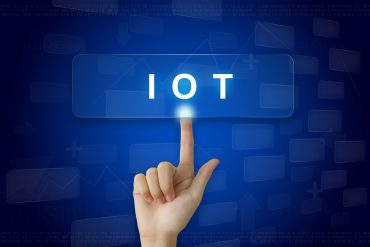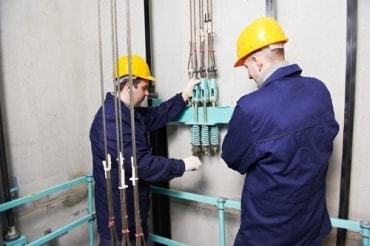
Teradata has announced a new partnership with Cisco, aimed at developing cost effective solutions for smart cities and communities.
At the recent Gartner Data & Analytics conference in Texas, Teradata announced a new Internet of Things (IoT) partnership with Cisco on Monday, aimed at improving digital solutions for smart cities.
The partnership will combine Cisco’s IoT and Kinetic for Cities platforms with Teradata’s Analytics Platform, which it says will help cities become better connected with more easily accessible analytics for city leaders.
See also: The impact of open source software on developing IoT solutions
Teradata will analyze all of the information provided by Cisco hardware on the ground, which is able to track traffic, parking, lighting, and waste management. From the activity, Cisco may also be able to measure things like citizen engagement, safety, and security.
Currently, Teradata believes the information collected is not being put to use because it is stored in “departmental silos” rather than publicizing it to a city-wide database.
“Far too many cities do not fully recognize the value of their data,” said Anil Menon, Global President for Smart+Connected Communities at Cisco.
“With the Cisco Kinetic for Cities platform, we aim to help cities think holistically about their city infrastructure investments and the value of the data captured by their connected assets, such as traffic cameras, parking meters, and environmental sensors.
In a press release, the two companies make reference to potential combined solutions that could automatically detect a security incident. From there, the solution would send out alerts to emergency services and the public, locate potential traffic bottlenecks, and reduce them in seconds.
“Data is the foundation of value creation in today’s digitally enabled society,” said Stephen Brobst, Chief Technology Officer at Teradata.
“Cities are currently undergoing a seismic shift in thinking to recognize that their data has real value that can enable new services and capabilities to better serve their citizens and visitors. Accomplishing this requires that smart cities tap into a comprehensive and robust analytics ecosystem.”





























